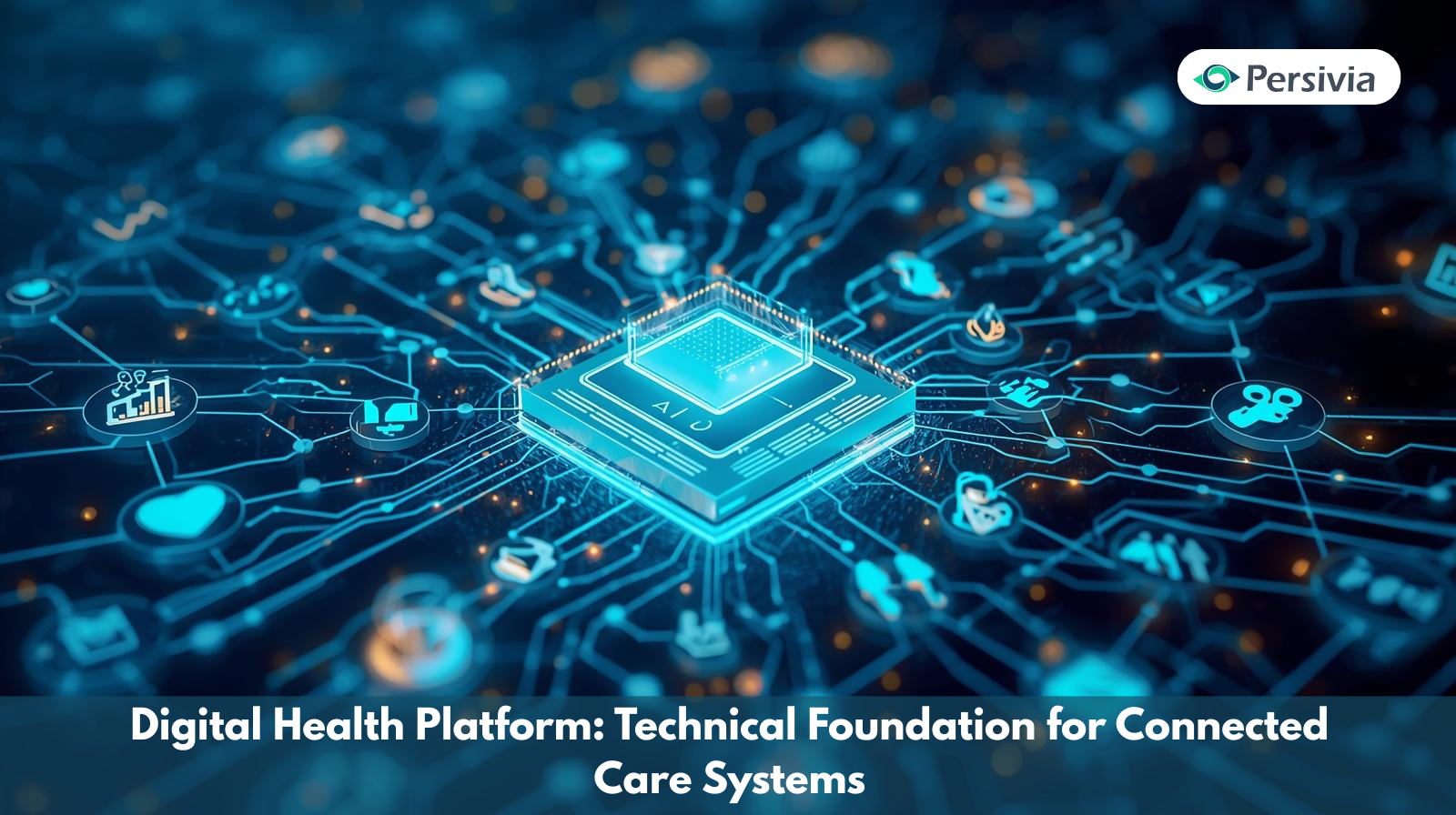In recent years, telemedicine has revolutionized the healthcare industry, enabling doctors to consult with patients remotely, increasing accessibility, and improving patient care. As the demand for telehealth services grows, integrating telemedicine with clinic management software becomes a crucial step for healthcare providers to streamline operations and enhance patient experience. In this article, we will explore the steps involved in integrating telemedicine with finest clinic management software of Instacare, the benefits it offers, and how it can transform the healthcare environment.
Telemedicine and Clinic Management Software
Before diving into the integration process, it’s important to understand what telemedicine and clinic management software are, and how they work.
- Telemedicine refers to the practice of providing medical consultations remotely using telecommunication technology, such as video calls, phone calls, or messaging platforms. It enables doctors to diagnose, monitor, and treat patients without requiring them to be physically present in the clinic. Telemedicine improves patient access to healthcare, especially in rural or underserved areas.
- Clinic Management Software (CMS) is a digital platform used by healthcare providers to manage and streamline the various functions of a medical practice. CMS can include patient scheduling, billing, medical records management, inventory tracking, and reporting. By automating administrative tasks, CMS allows healthcare professionals to focus more on patient care.
Integrating telemedicine with CMS allows healthcare providers to offer virtual consultations while maintaining the same level of organization, accuracy, and efficiency as they would with in-person visits.
Benefits of Integrating Telemedicine with Clinic Management Software
The integration of telemedicine with CMS offers several key advantages, including:
- Improved Efficiency and Convenience: With integrated systems, healthcare professionals can manage both in-person and virtual appointments seamlessly. This reduces the need for manual record-keeping and helps keep all patient information in one place.
- Enhanced Patient Experience: By integrating telemedicine with CMS, patients can easily book appointments, access their medical records, and receive prescriptions electronically. The convenience of virtual visits, combined with the centralized management of their data, offers a better overall experience.
- Better Communication: The integration allows smooth communication between the clinic’s management system and telemedicine platforms. This ensures that patient data, such as medical histories, prescriptions, and test results, are available during the virtual consultation, reducing the need for additional administrative work.
- Cost Savings: By automating administrative tasks like scheduling, reminders, and record-keeping, clinics can save on labor costs. Additionally, telemedicine eliminates the need for physical space and resources, reducing overhead costs associated with in-person visits.
- Improved Compliance and Data Security: Integration ensures that the patient’s medical records, consultation notes, and other sensitive information are stored securely within the CMS. This is especially important in complying with regulations such as HIPAA (Health Insurance Portability and Accountability Act) and other data protection laws.
Testing and Quality Assurance
Before fully implementing the integration, conduct thorough testing to ensure that the system works as expected. This includes testing:
- Video and Audio Quality: Ensure that the telemedicine platform works smoothly in various network conditions.
- Data Synchronization: Check that patient records, billing, and scheduling data synchronize correctly between the telemedicine software and CMS.
- Security and Compliance: Verify that patient data is securely transferred and stored in compliance with privacy regulations.
Monitor and Optimize the System
Once the integration is live, continuously monitor its performance to ensure everything runs smoothly. Regularly check for any issues with the telemedicine platform, CMS, or data synchronization. Gather feedback from patients and staff to identify areas for improvement, and make necessary adjustments.
System optimization should include software updates, security patches, and routine maintenance to ensure that both the telemedicine and CMS platforms are functioning at their best.
Conclusion
Integrating telemedicine with your clinic management software can significantly enhance patient care and clinic operations. By choosing the right telemedicine platform, working through the technical integration process, and training both staff and patients, your clinic can offer high-quality remote consultations while maintaining streamlined workflows. This integration not only boosts patient access to care but also enables clinics to remain competitive in a rapidly evolving healthcare landscape. With Instacare’s exclusive business management system, your clinic can easily achieve this seamless integration and optimize its overall efficiency.




